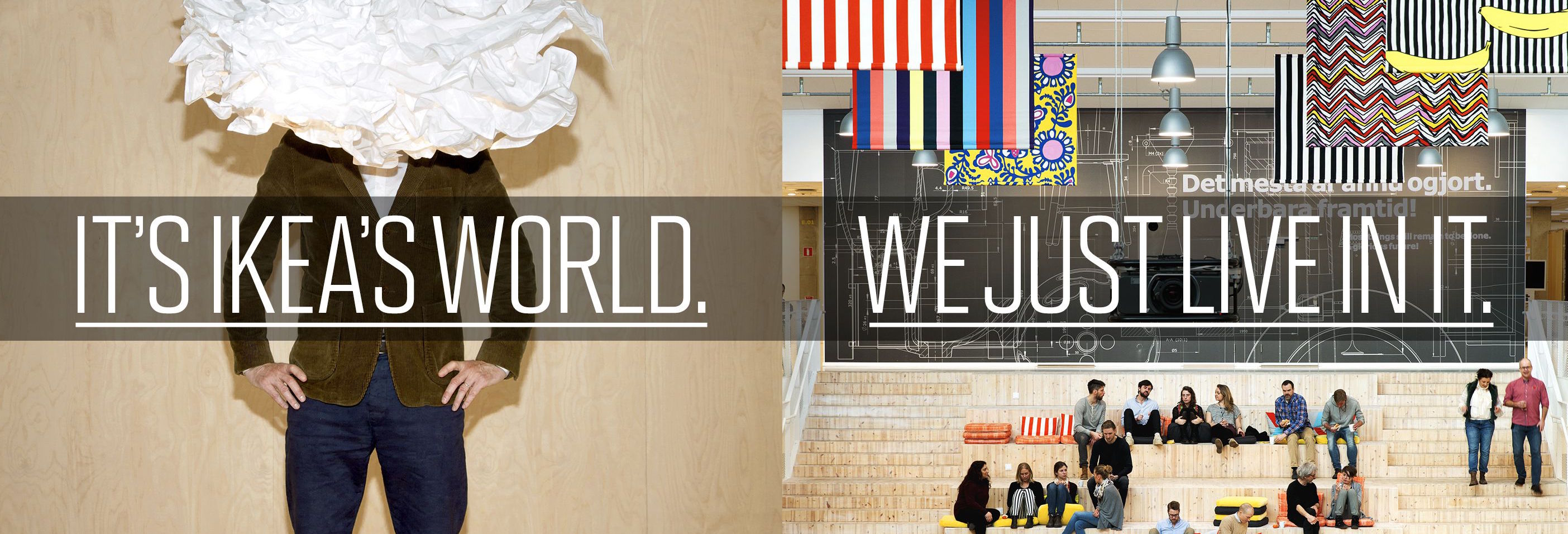Ethnographic research drives IKEA’s global success

In a long Fortune Magazine article on IKEA’s successful global expansion, author Beth Kowitt devotes quite a few paragraphs to the importance of qualitative, ethnographic research:
“Today research is at the heart of Ikea’s expansion. “The more far away we go from our culture, the more we need to understand, learn, and adapt,” says Mikael Ydholm, who heads research. Rather than focus on differences between cultures, it’s his job to figure out where they intersect. […]
One way Ikea researchers get around this is by taking a firsthand look themselves. The company frequently does home visits – and in a practice that blends research with reality TV – will even send an anthropologist to live in a volunteer’s abode. Ikea recently put up cameras in people’s homes in Stockholm, Milan, New York, and Shenzhen, China, to better understand how people use their sofas. What did they learn? “They do all kinds of things except sitting and watching TV,” Ydholm says. The Ikea sleuths found that in Shenzhen, most of the subjects sat on the floor using the sofas as a backrest. “I can tell you seriously we for sure have not designed our sofas according to people sitting on the floor and using a sofa like that,” says Ydholm.
The aim of gaining all this cultural knowledge is not to tweak the products for each market. The Ikea model, remember, is volume, volume, volume: It needs vast economies of scale to keep costs low, and that means creating one-size-fits-all solutions as often as possible. Rather, Ikea has gotten awfully good at showing how the same product can mesh with different regional habitats.”



